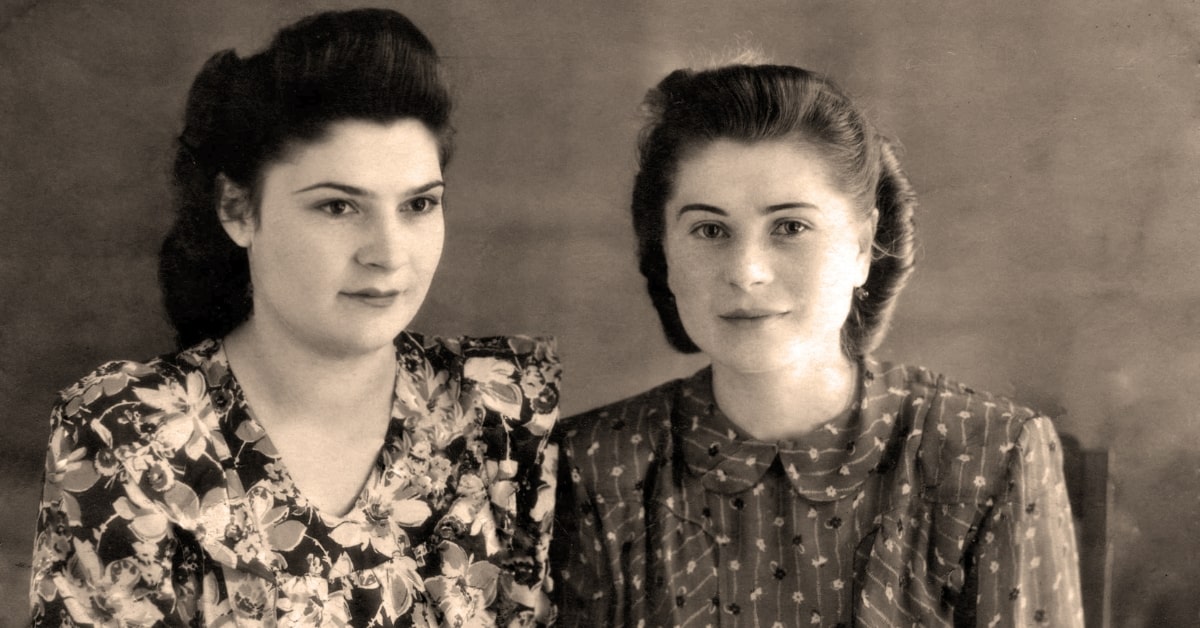Preserving historical or cherished images often involves restoring old or damaged photographs, a task made efficient and effective with the aid of picture restoration software. These powerful tools enable users to revive and restore images to their former glory, breathing new life into treasured memories. This comprehensive guide explores the significance, key features, and considerations when choosing picture restoration software to safeguard and restore invaluable images.
Importance of Picture Restoration Software
- Preserving Heritage: Picture restoration software plays a crucial role in preserving historical photographs, ensuring they withstand the test of time for future generations.
- Reviving Memories: These tools revive damaged, faded, or deteriorated images, enabling individuals to reconnect with nostalgic moments and stories captured in photographs.
- Digital Archiving: Converting physical prints into digital formats through restoration allows for safekeeping and easy sharing across various platforms.
- Enhancing Visual Quality: Restoration software enhances image quality by repairing cracks, removing stains, and restoring color, enabling images to regain their original vibrancy.
Key Features of Picture Restoration Software
- Automatic Restoration Tools: Advanced software offers one-click or AI-based restoration options, enabling quick fixes for minor damages or imperfections.
- Precise Editing Tools: Tools for detailed retouching, such as clone stamps, healing brushes, and color correction tools, allow precise restoration of damaged areas.
- Batch Processing: Efficient handling of multiple images simultaneously, streamlining the restoration process for collections of photographs.
- Preservation of Details: Advanced algorithms that retain and enhance image details without compromising quality during the restoration process.
Considerations When Choosing Picture Restoration Software
- User-Friendly Interface: Opt for software with intuitive interfaces, ensuring ease of use for users with varying levels of expertise in photo restoration.
- Restoration Depth: Assess the software’s capability to handle various levels of damage, from minor scratches to severe discoloration or tearing.
- Compatibility and File Formats: Ensure the software supports a wide range of file formats and is compatible with your operating system for seamless usage.
- Customization Options: Consider software that allows for customizable restoration processes, enabling users to fine-tune restoration effects based on specific requirements.
FAQs
Can picture restoration software repair heavily damaged or torn photographs?
Yes, advanced picture restoration software often includes tools and features capable of repairing heavily damaged or torn photographs, though results may vary based on the extent of damage.
Are there free picture restoration software options available?
Yes, there are free software options like GIMP and Recolored that offer restoration tools and basic features for repairing images.
How accurate are automatic restoration tools in picture restoration software?
Automatic restoration tools can handle minor damages or imperfections quite accurately, but for complex or heavily damaged images, manual intervention may be necessary for optimal results.
Can picture restoration software restore faded colors in old photographs?
Yes, many picture restoration software options include features specifically designed to restore faded colors and enhance the vibrancy of old photographs.
Conclusion
Picture restoration software stands as a powerful tool for preserving and restoring invaluable images, be it historical photographs, family portraits, or cherished memories. By leveraging these advanced tools’ capabilities, individuals can revive images, repair damages, enhance quality, and preserve visual narratives for generations to come. Understanding the features, considering specific restoration needs, and exploring available options empower users to select the ideal picture restoration software to safeguard and restore precious images, ensuring their enduring legacy.
This page was last edited on 27 February 2024, at 3:04 pm
